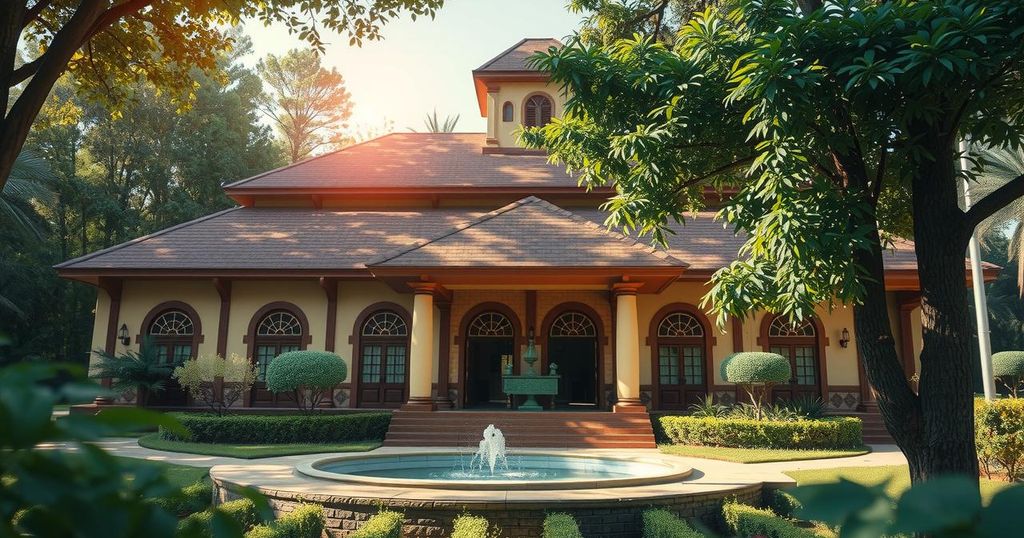Ethiopia’s Africa Hall, inaugurated by Emperor Haile Selassie in 1961, has undergone a $57 million renovation, revitalizing its function as a cultural and conference venue. The project, led by Architectus Conrad Gargett, focused on modernizing while respecting the hall’s historical significance, including careful restoration of its notable stained-glass window by artist Afewerk Tekle. Local architects contributed to preserving the building’s heritage while enhancing its accessibility and safety features.
In February 1961, Ethiopian Emperor Haile Selassie inaugurated Africa Hall in Addis Ababa, a gift to host the UN Economic Commission for Africa, amid a backdrop of only 26 independent African nations. The hall, characterized by a grand stained-glass window, was designed by Italian architect Arturo Mezzedimi and quickly became significant in the continent’s history after hosting the founding meeting of the Organization of African Unity (OAU) just two years later. Selassie’s vision for Africa was to transition toward unity and progress, a sentiment that resonates today as Africa Hall undergoes an extensive renovation.
The renovation, completed in October after ten years of work, revitalizes the 12,800 square-meter site on a $57 million budget, with design leadership from Australian firm Architectus Conrad Gargett. Project architect Simon Boundy emphasized the balance between modernization and conservation, aiming to restore the building without sacrificing its historical significance. Local involvement was crucial; architects and engineers familiar with the site’s history contributed to sensitive renovations.
Key improvements included matching the original tiles and redesigning the Plenary Hall’s seating for functionality while preserving aesthetics. Modern technological enhancements, such as digital screens and a large LED display, were integrated discreetly to ensure the building meets contemporary conference demands while maintaining its historic architecture. Importantly, accessibility and safety upgrades involved reinforcing the structure against potential seismic events.
A pivotal feature of Africa Hall, the grand stained-glass window titled “The Total Liberation of Africa” designed by Ethiopian artist Afewerk Tekle, underwent meticulous restoration. The artwork embodies the liberation narrative, visually representing the struggles against colonization. The thorough restoration process, managed by Emmanuel Thomas, ensured the artwork retained its significance while being exhibited afresh alongside a permanent display commemorating Africa Hall’s influence in Pan-African history.
Local architect Mewded Wolde expressed pride in the project, noting its continued importance in shaping Africa’s future, echoing the sentiments expressed by Selassie over six decades ago. The renovation symbolizes a commitment to preserving the past while also preparing for the future and reinforcing Africa Hall as a pivotal venue for international dialogue and cooperation.
The renovation of Africa Hall serves to honor its historical significance while ensuring it remains relevant in modern times. By emphasizing both conservation and modernization, the project successfully blends the old with the new, maintaining its place as a symbol of African unity and progress. Additionally, the restoration of the iconic stained-glass window underscores the hall’s deep cultural relevance and its role in the ongoing narrative of independence and collaboration among African nations.
Original Source: www.cnn.com




